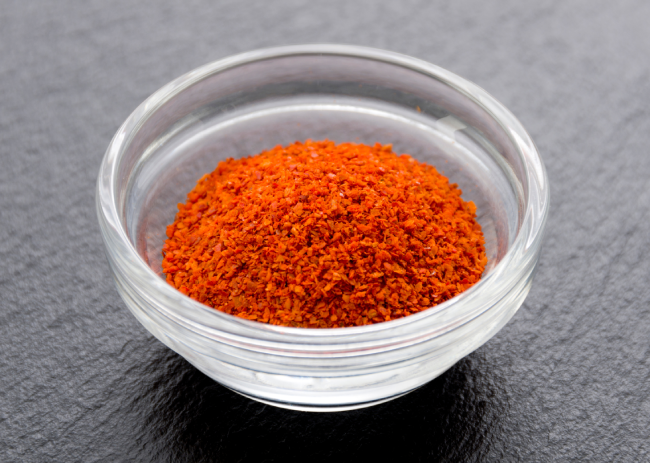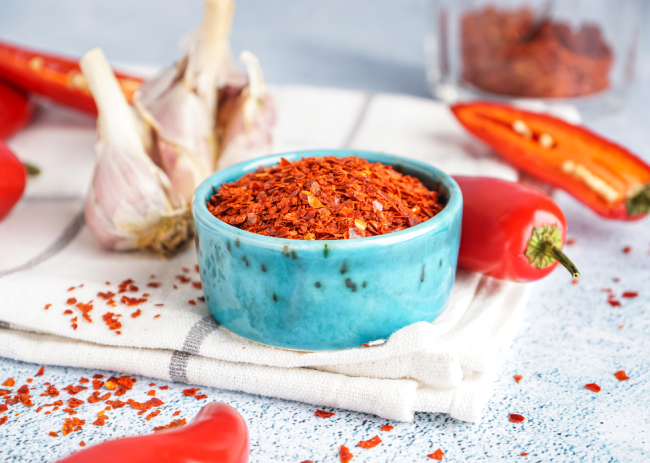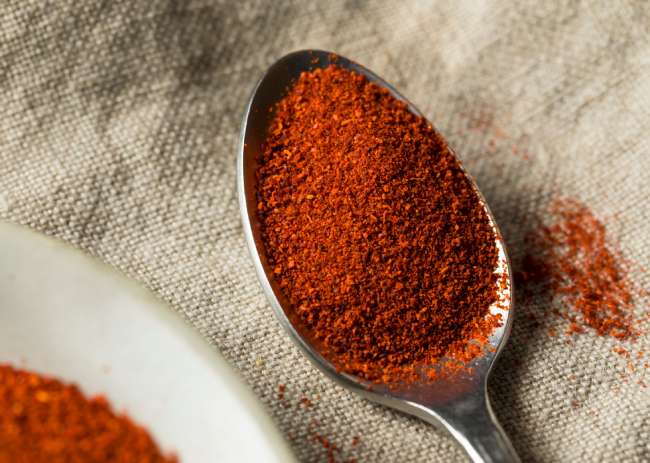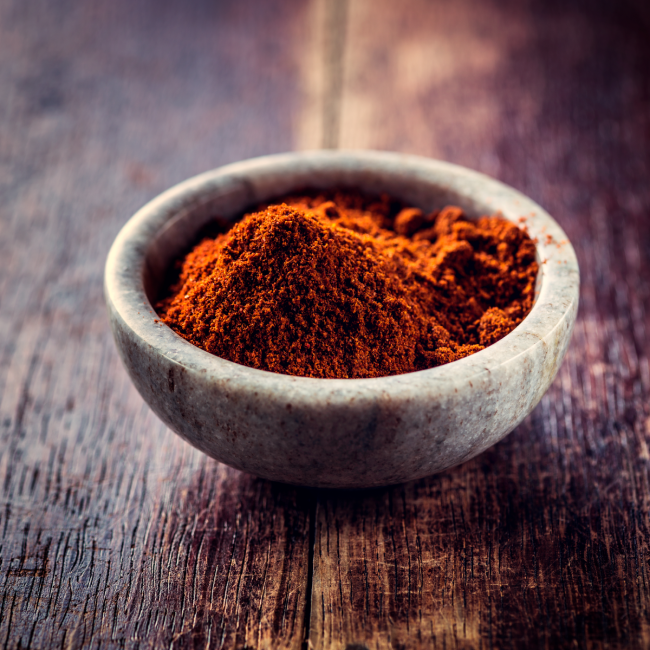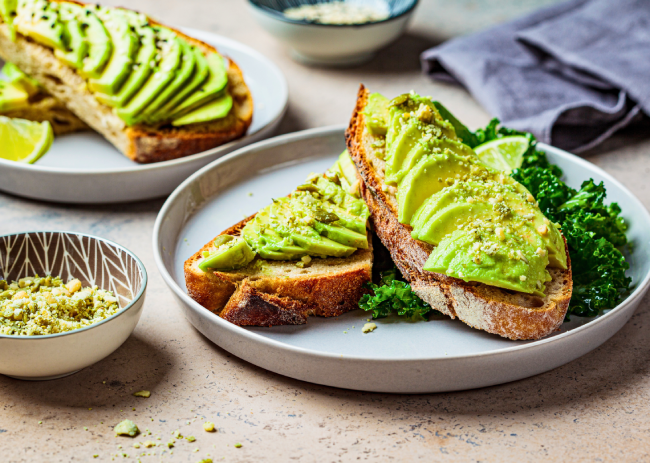6 Types of Chili Powders and How to Use Them
Spice enthusiasts all over the world appreciate chili powder for its ability to enhance various cuisines. Whether you’re making soup, stew, marinade, or salsa, chili powder can bring that heat and flavor. However, with a range of options, selecting the perfect chili powder for your culinary adventures can be challenging. In this post, we will delve into the different variations of chili powders and offer some helpful tips on using them effectively in your cooking endeavors.
#1. Cayenne Pepper
Cayenne pepper is widely recognized for its heat level and vibrant red hue. This type of chili powder is made from dried cayenne peppers. It adds a spicy kick without overpowering other flavors in your dish. It is commonly utilized in Mexican cuisines to elevate curries, salsas, or hot sauces.
To incorporate cayenne pepper into your meals, consider sprinkling it over vegetables for a kick or adding it to sautéed shrimp or chicken for a zesty burst of flavor. Remember to start with a quantity until you become familiar with its heat intensity.
#2. Ancho Pepper
Another popular choice among chili powders is the ancho pepper variation. Crafted from dried poblano peppers, this spice delivers a fruity flavor profile with smoky undertones, making it an excellent choice for adding depth to dishes without overpowering them.
Ancho powder works wonders when incorporated into marinades for meats like steak or pork chops. It can also be used as a seasoning in cooked chilis or stews to achieve a southwestern taste.
#3. Chipotle Pepper
Chipotle pepper powder is an indispensable addition to your kitchen pantry for those who enjoy a flavor combined with medium heat. Derived from smoked jalapeño peppers, this spice offers both spiciness and a lingering smoky taste, making it perfect for barbecue sauces and dry rubs.
To elevate your grilling session, make a blend with paprika, garlic powder, onion powder, and brown sugar to create a flavorful rub for chicken or ribs. You can also sprinkle it on popcorn. Incorporate it into aioli for a twist.
#4. Kashmiri Chili
Kashmiri chili powder originates from the region of Kashmir in India. It’s renowned for its deep red color and mild heat. Its distinct flavor combines fruity sweetness with a tanginess, making it widely favored in cuisine.
This spice pairs well with meat dishes such as butter chicken or lamb curry. Consider adding a small amount of Kashmiri chili powder to enhance the flavors of your braising liquid or simmer sauce. It works wonders in recipes such as spicy potato stir fry or lentil soup.
#5. Paprika
Paprika, made from dried and ground sweet or hot peppers, is a versatile spice that adds both vibrant color and mild flavor to various dishes. It comes in different types, such as sweet, hot, and smoked paprika, allowing you to choose the level of heat and smokiness you desire.
Sweet paprika adds a beautiful red hue to soups, stews, and sauces without adding too much spiciness. Hot paprika can be used to amp up the heat in dishes like chili con carne or spicy dips. Smoked paprika lends a distinctive smoky flavor that enhances grilled vegetables or roasted meats.
#6. Thai Bird’s Eye Chili Powder
Thai Bird’s Eye chili powder is made from small and fiery Thai chilies, known for their intense spiciness. This type of chili powder packs a punch with its heat level and is usually used sparingly in Southeast Asian cuisine.
When using Thai Bird’s Eye chili powder, keep its potency in mind while finding the right balance of flavors. It can add an intense kick to stir-fries, noodles, curries, and even homemade spicy dipping sauces for spring rolls. Remember to taste-test as you go along and adjust the amount according to your desired level of spiciness.
In Conclusion
There’s a wide range of chili powders with varying degrees of heat and distinct flavor profiles. Whether you prefer milder options like ancho or Kashmiri chili powders or crave the fiery kick from cayenne pepper and paprika, there’s something for everyone’s taste buds.
When experimenting with chili powders, start slowly to get familiar with their flavors and how they impact your cooking creations. Importantly, have fun incorporating these treasures into your favorite recipes for that delicious and fiery touch.


